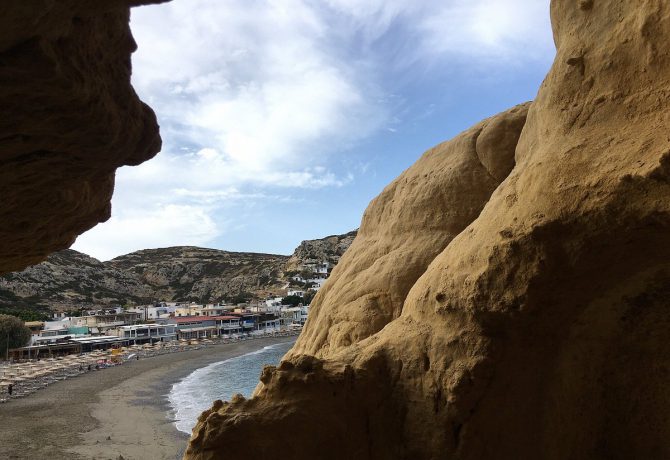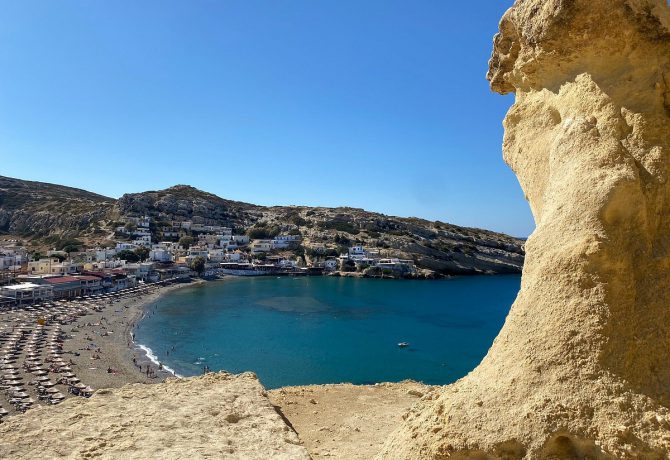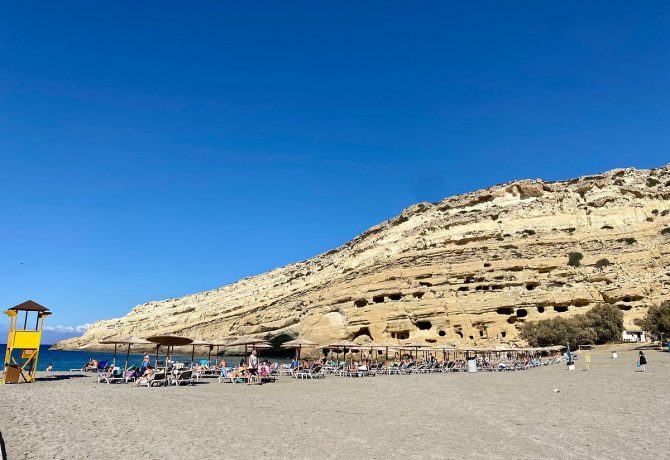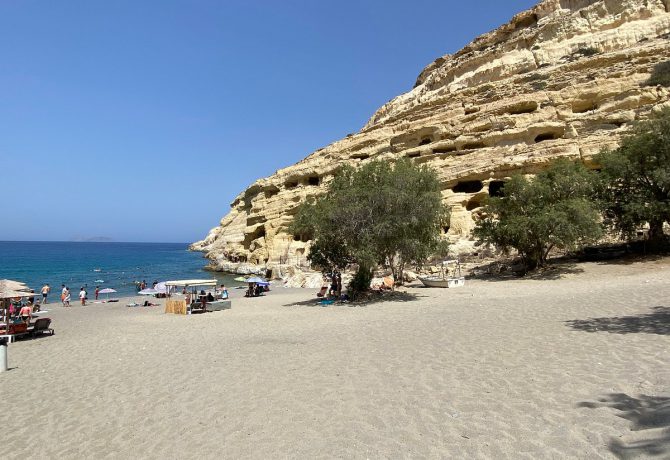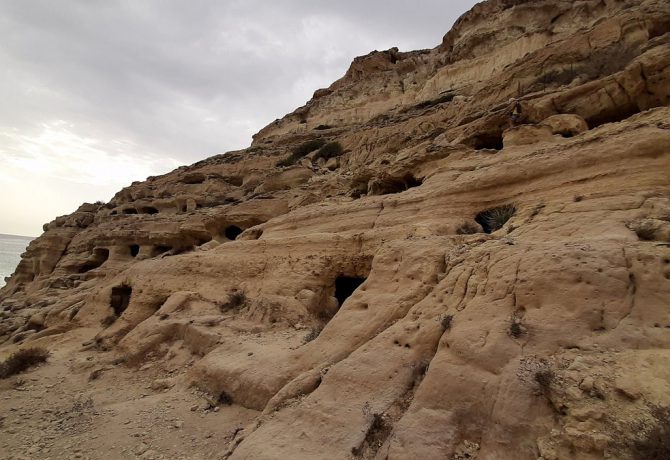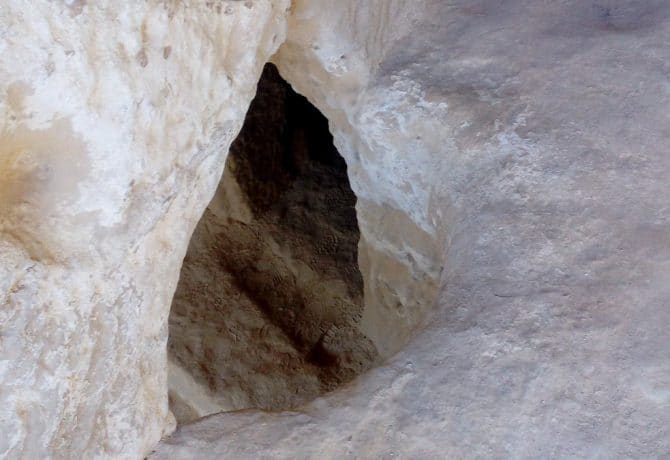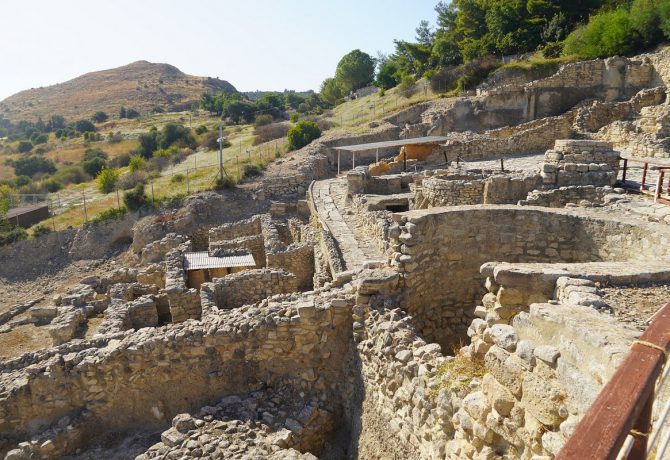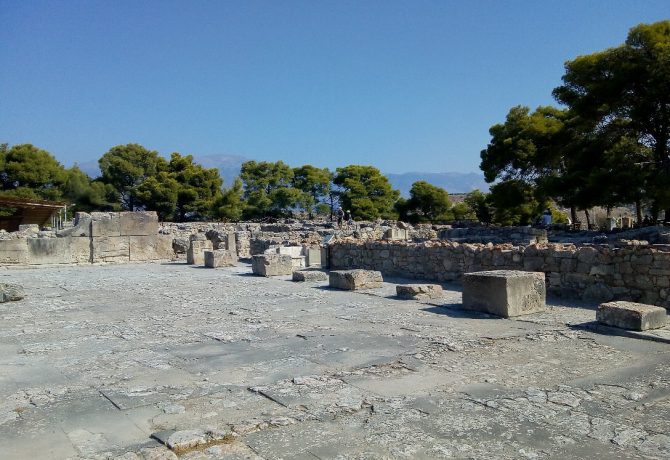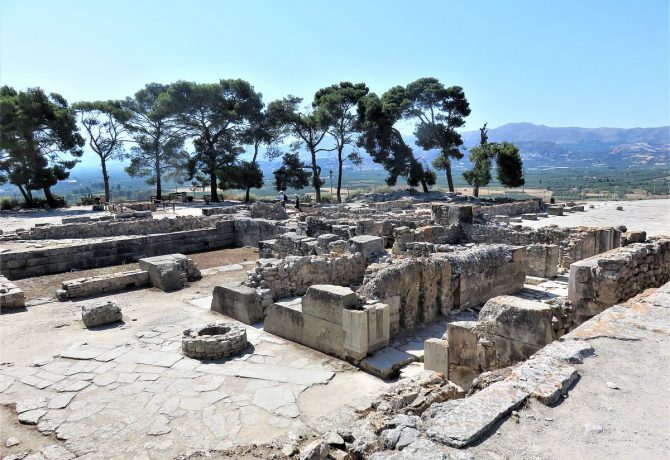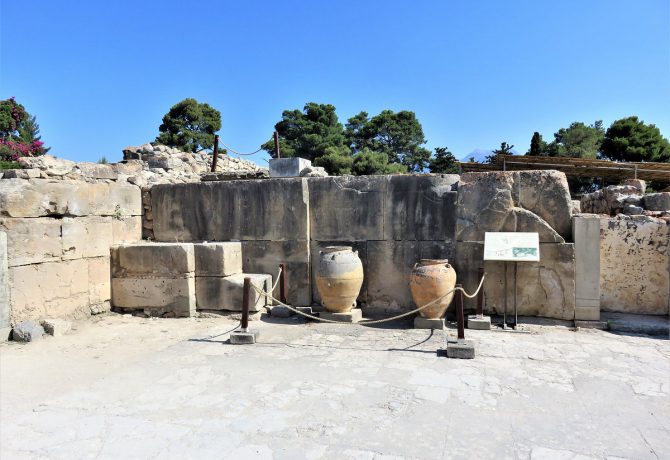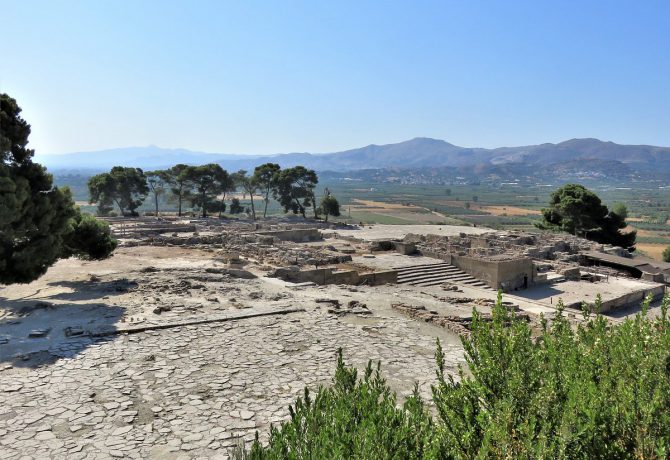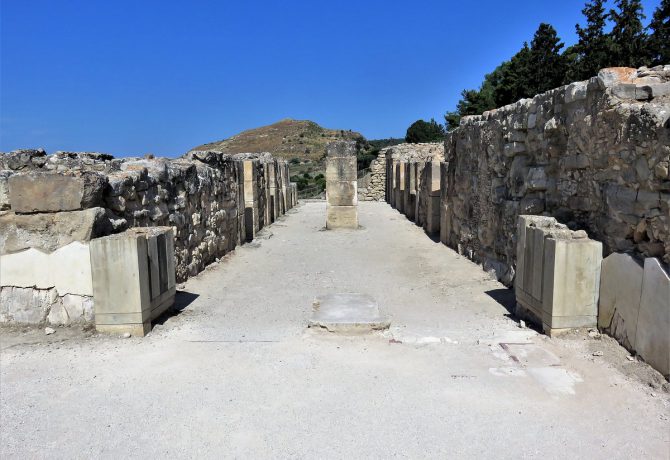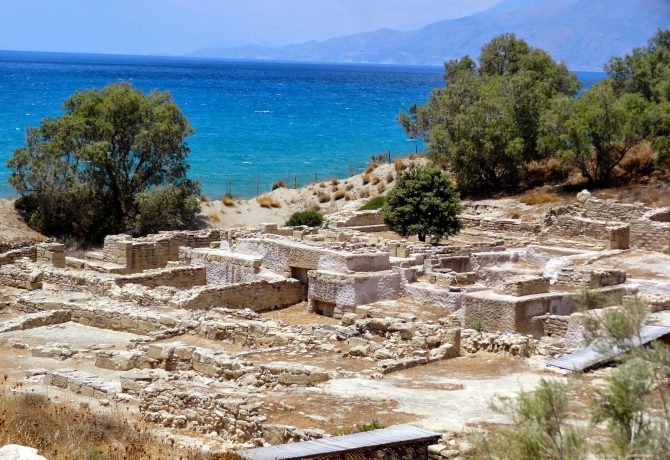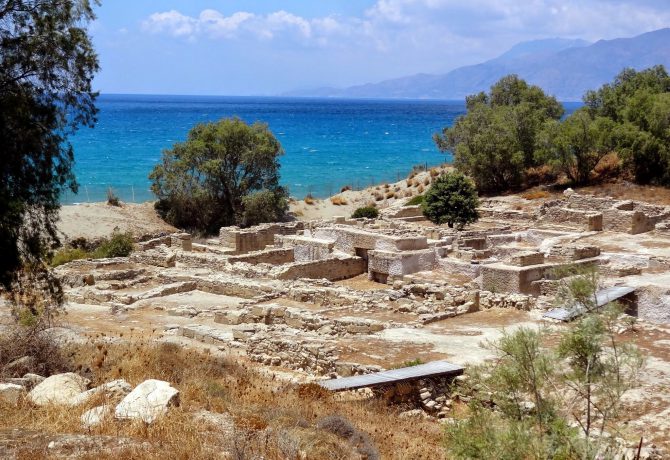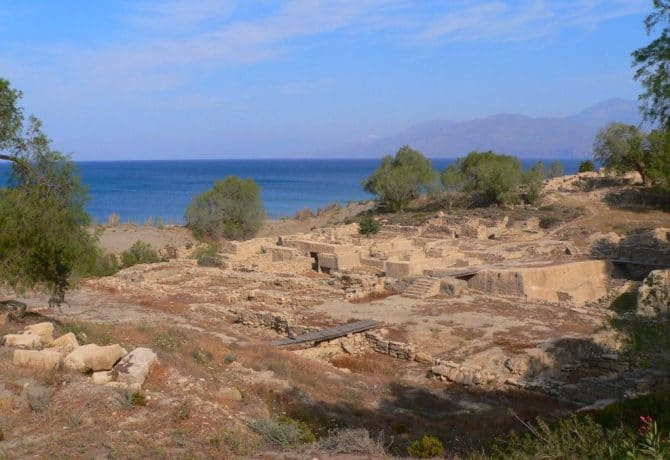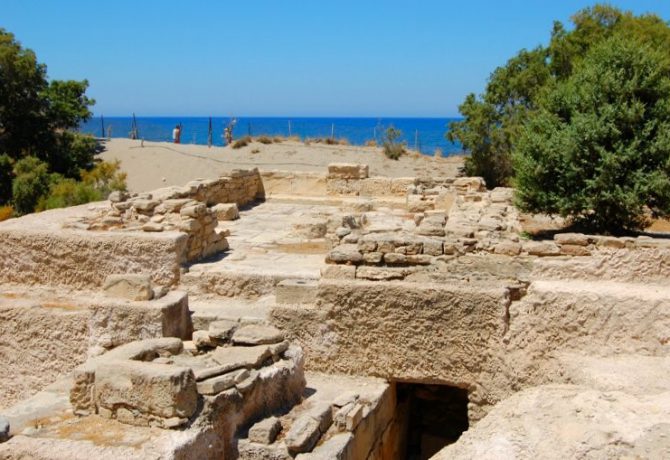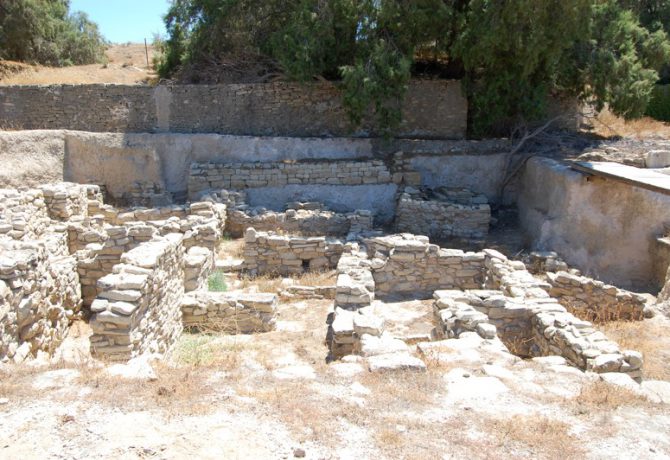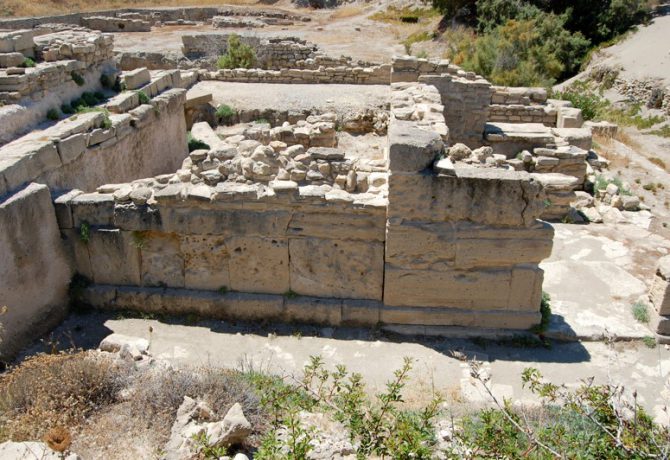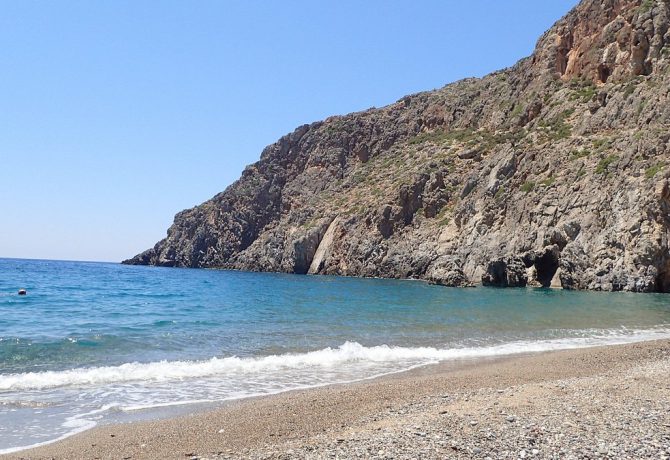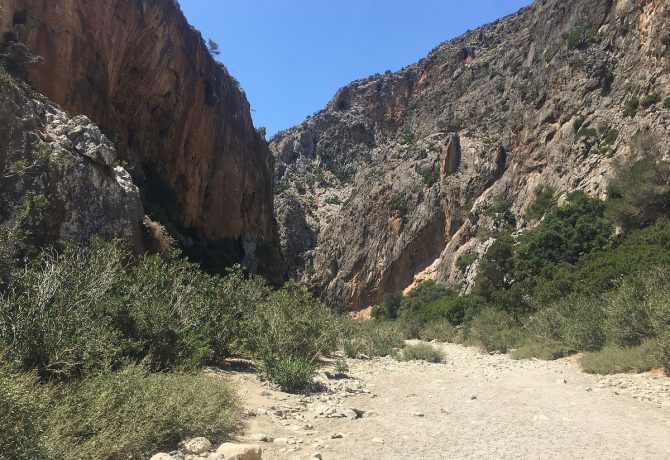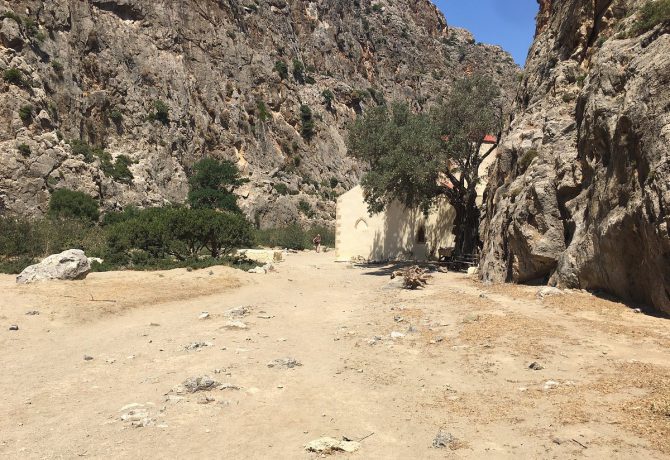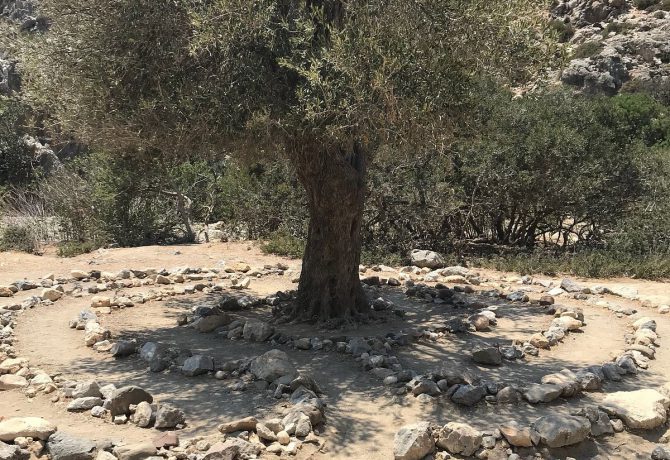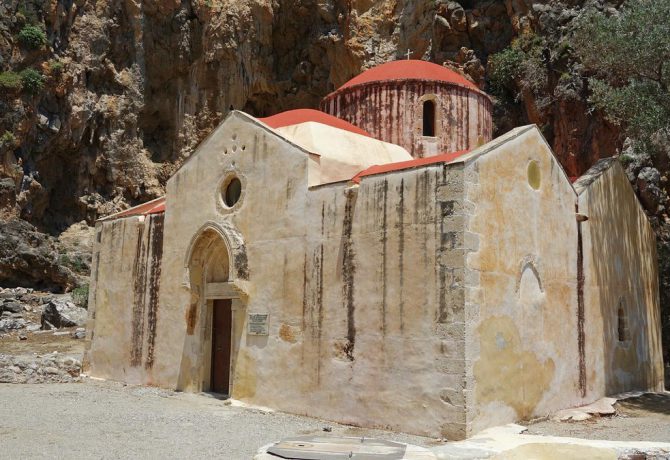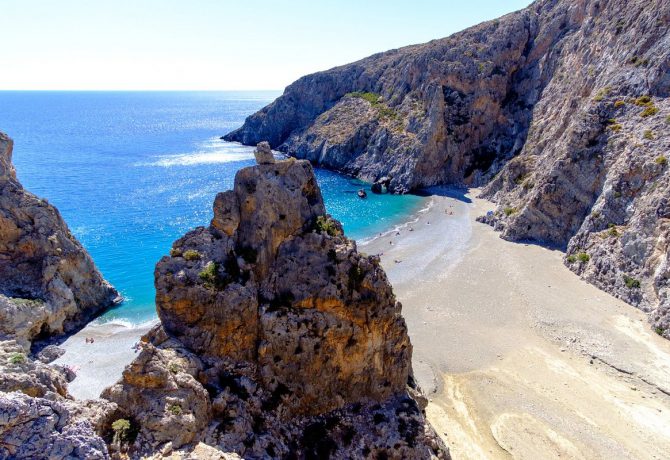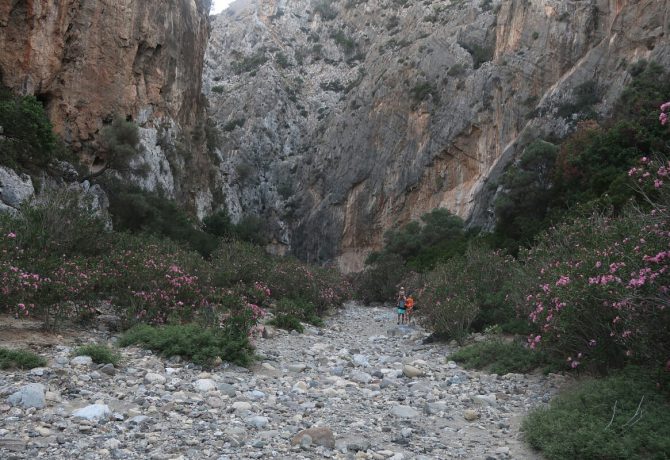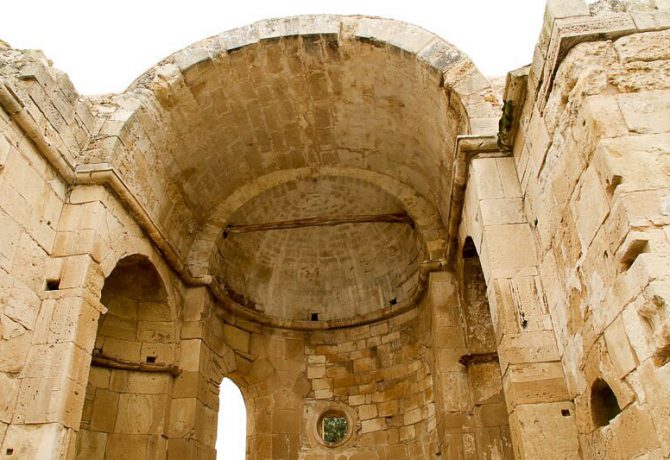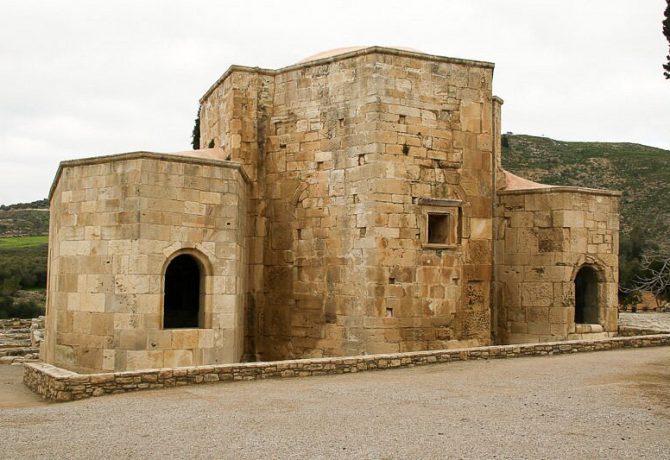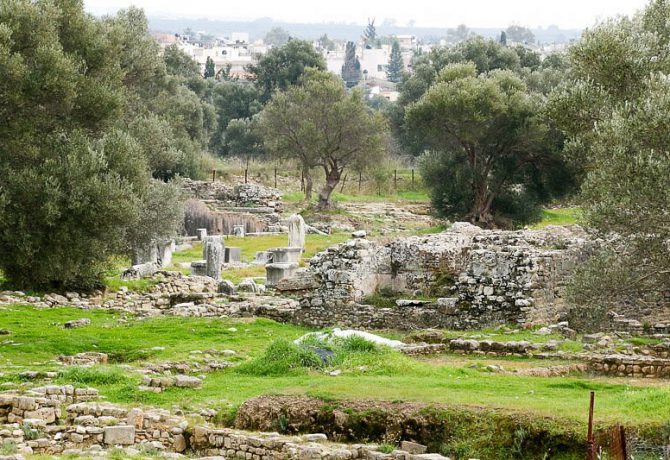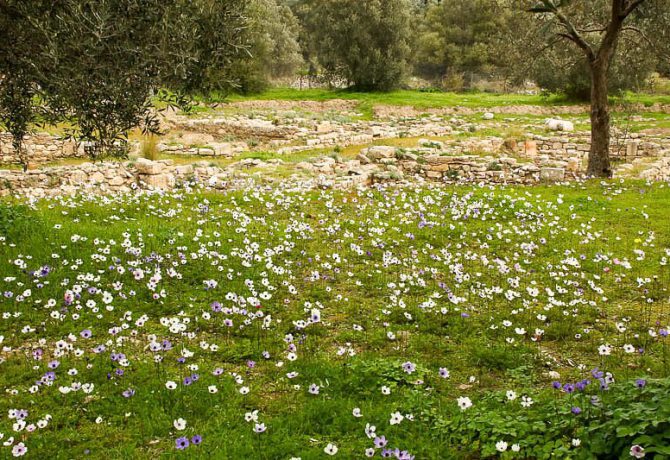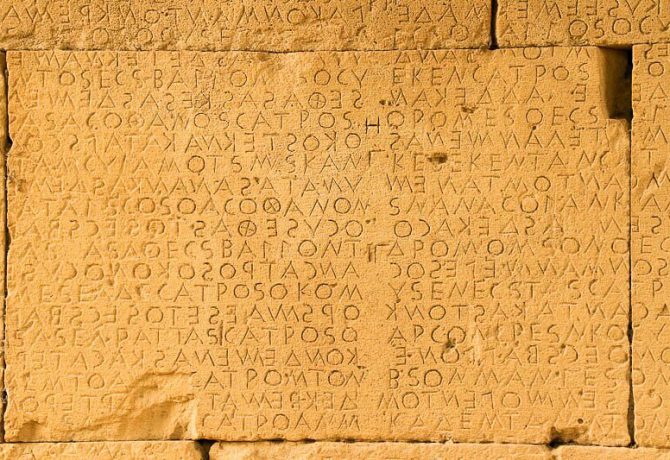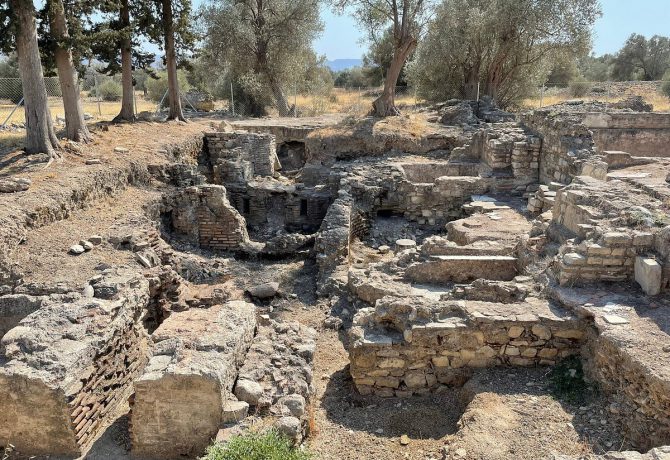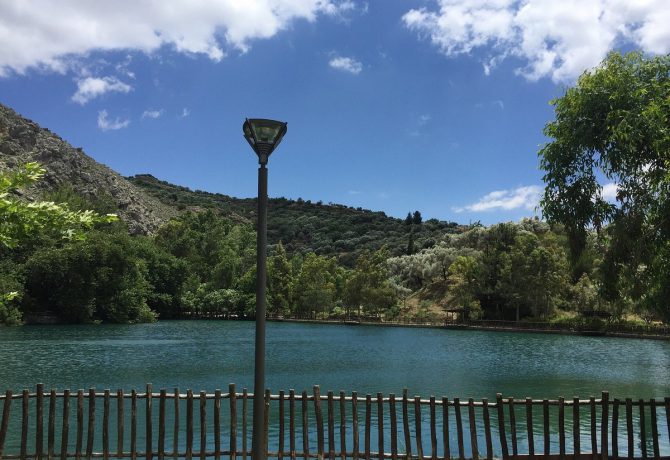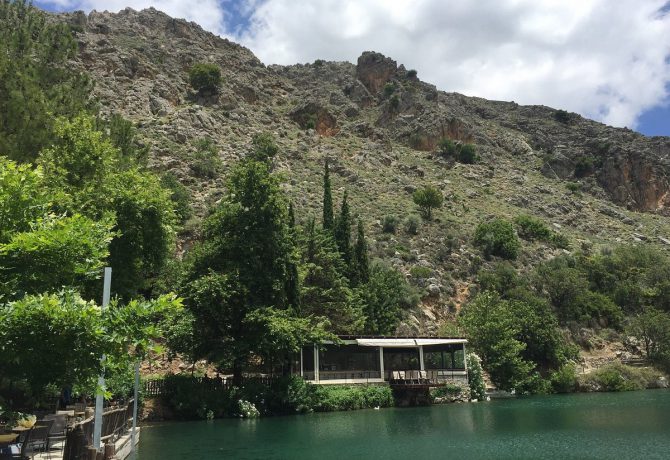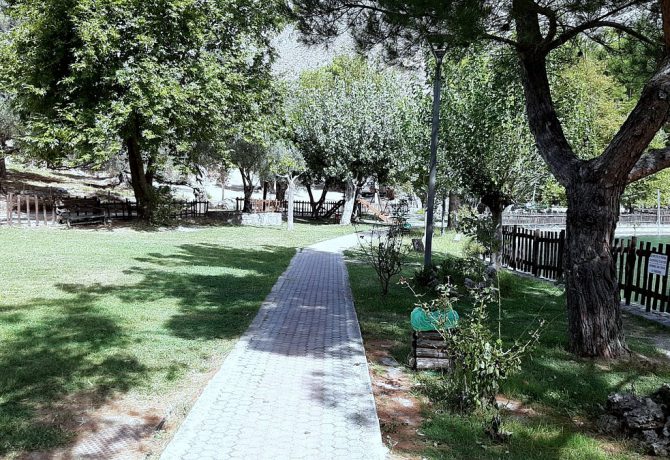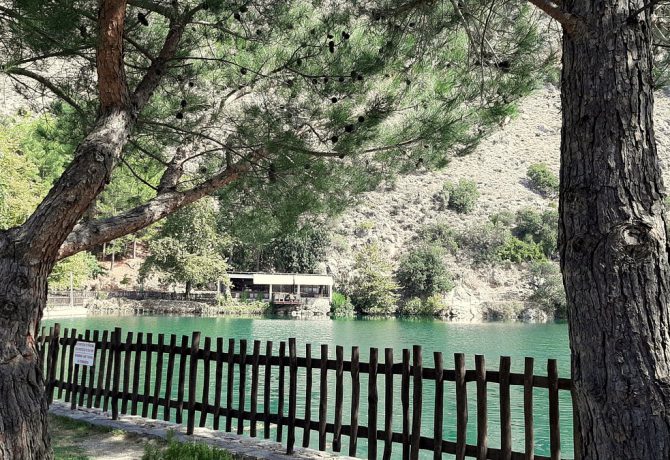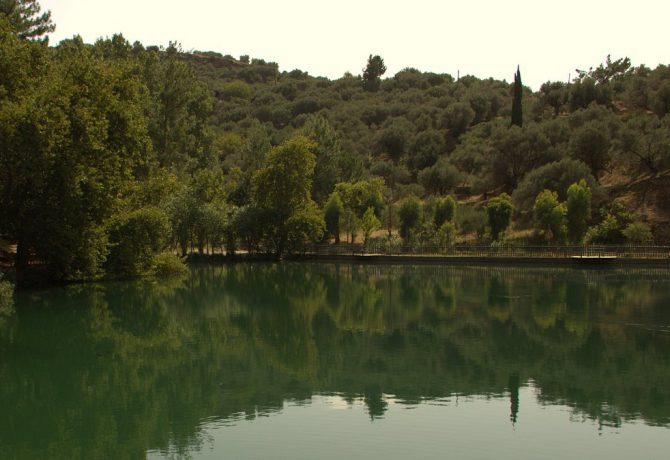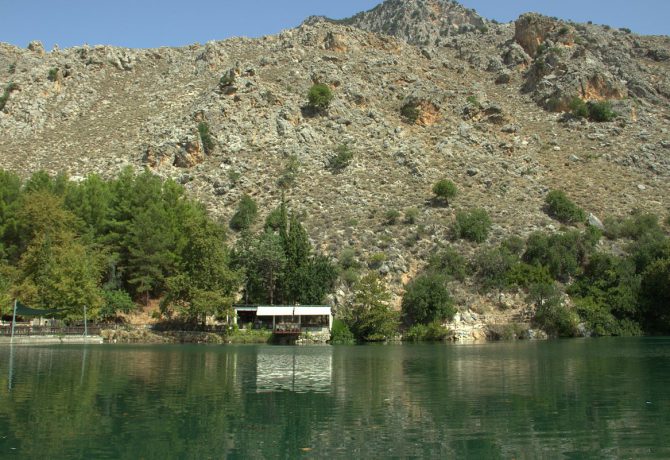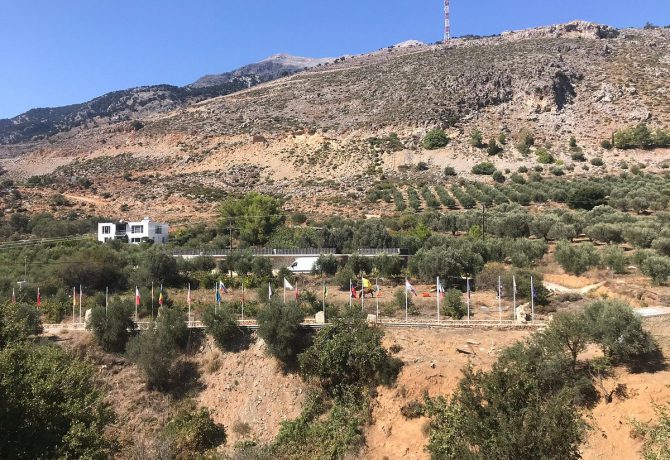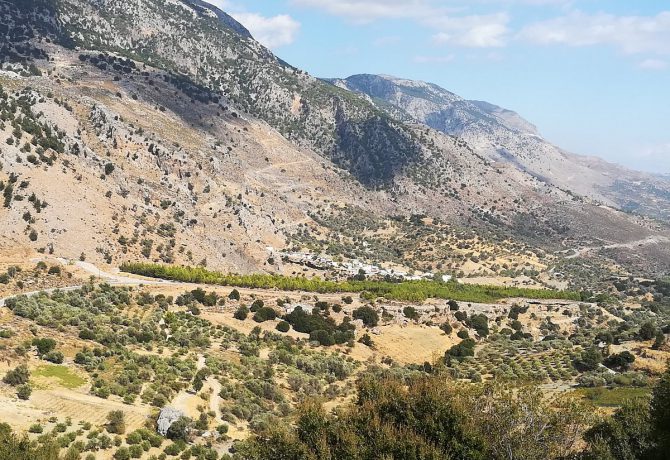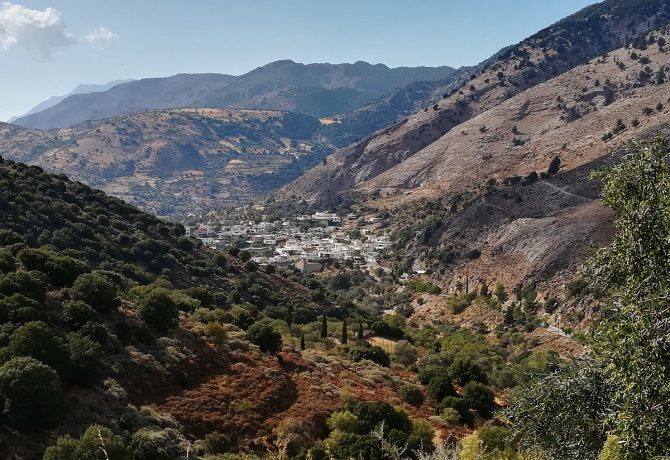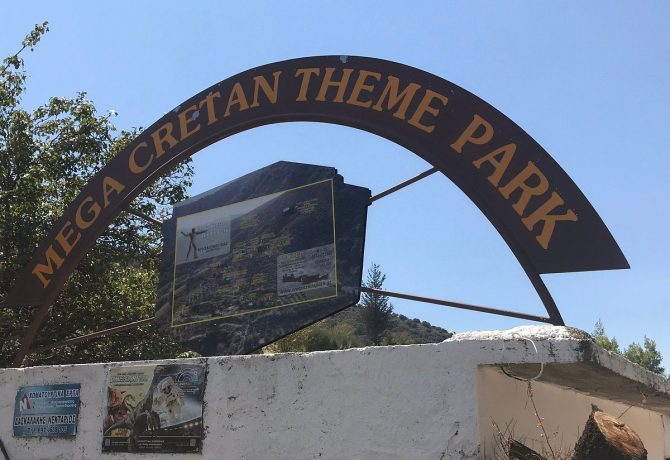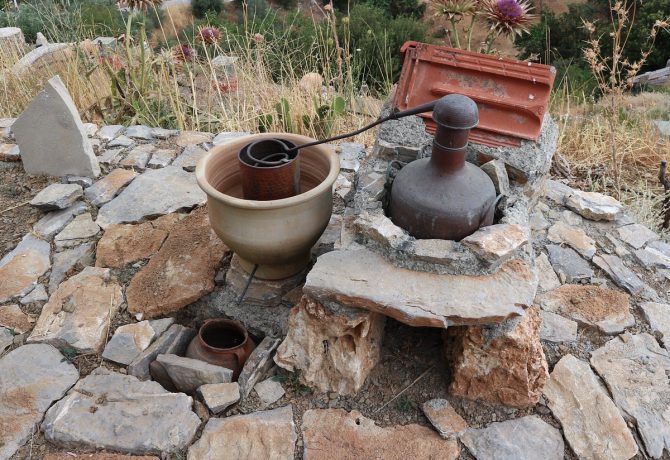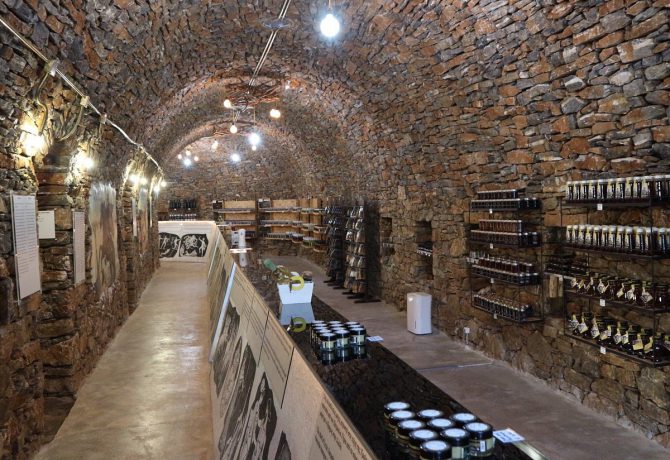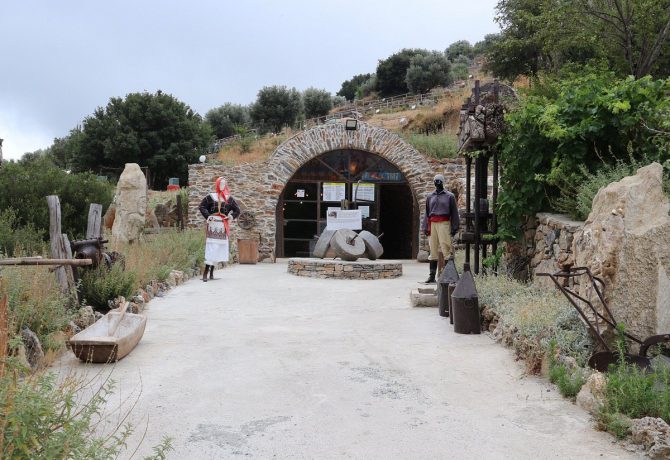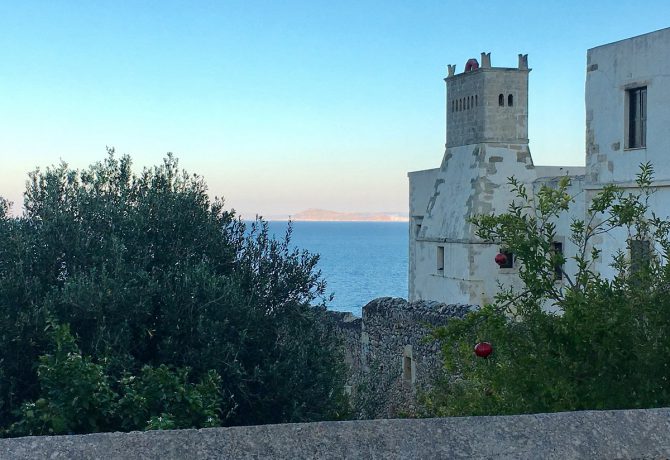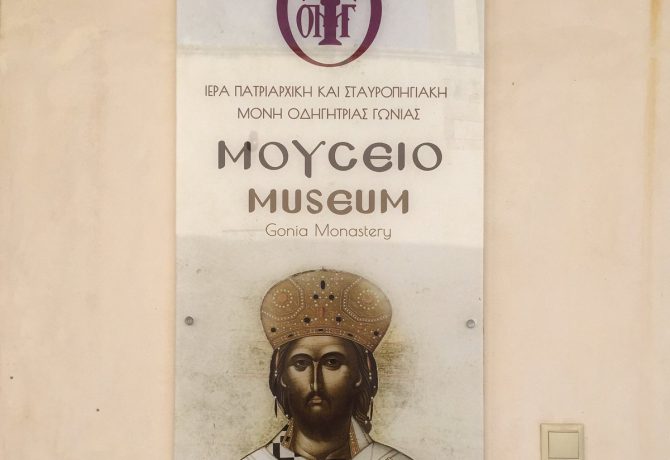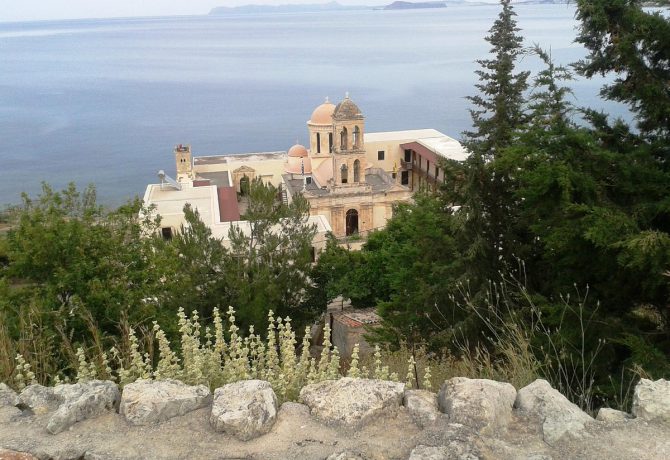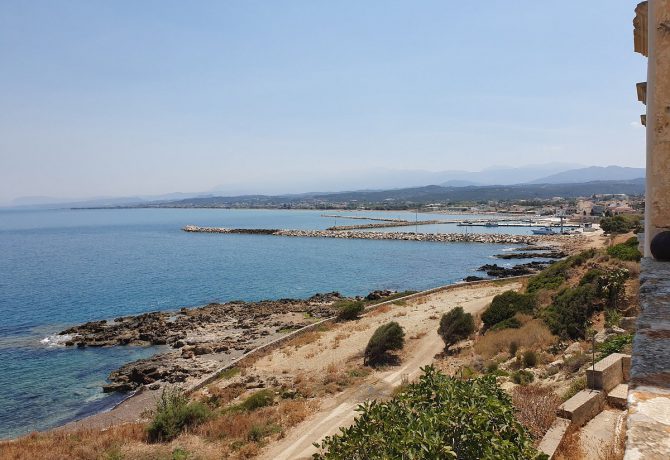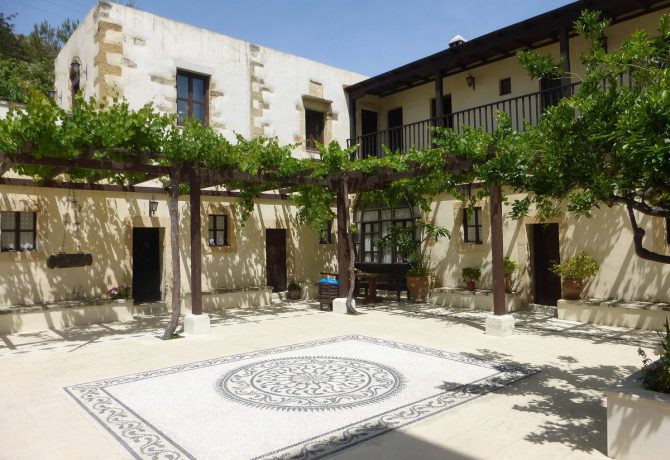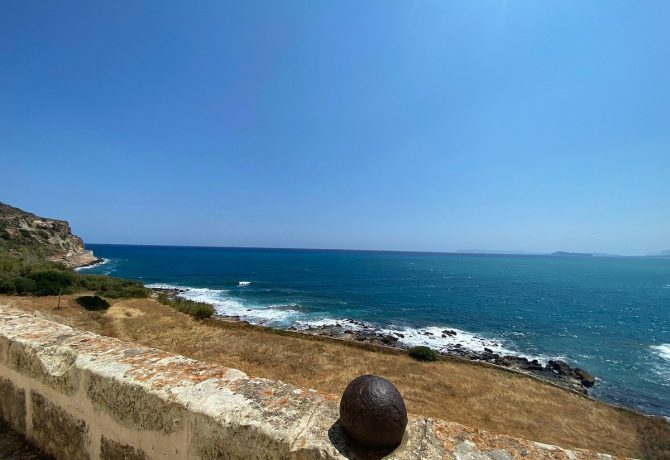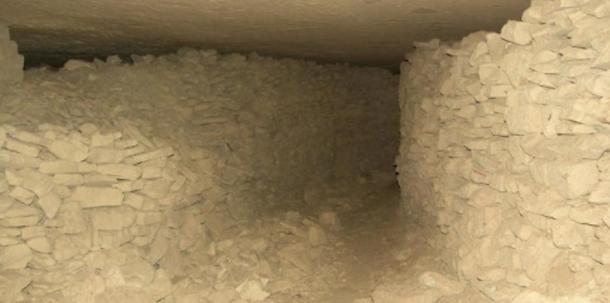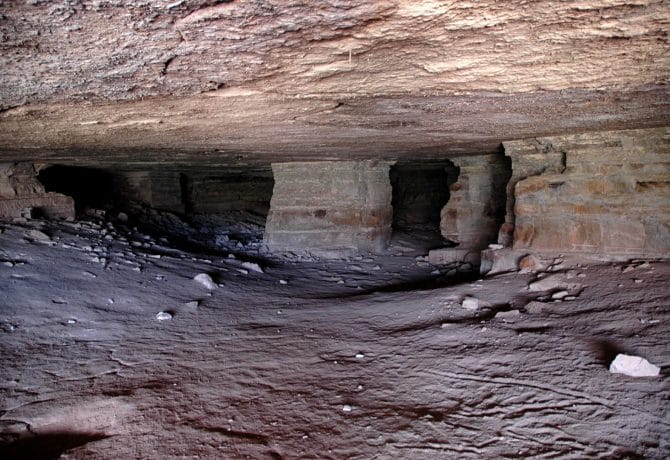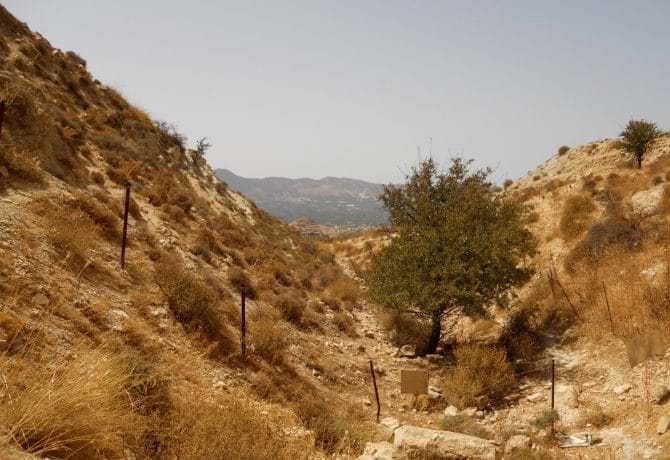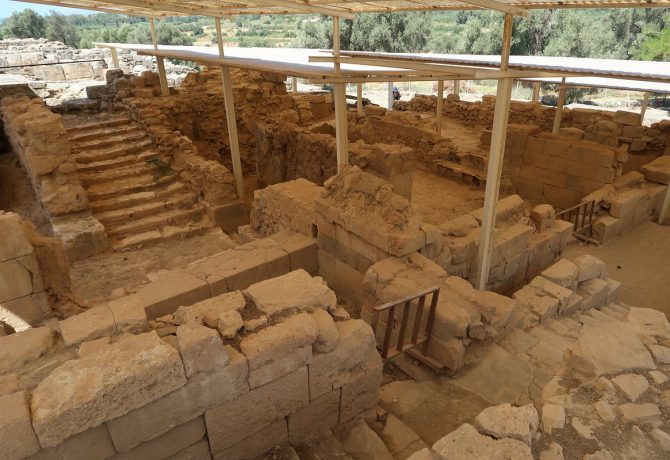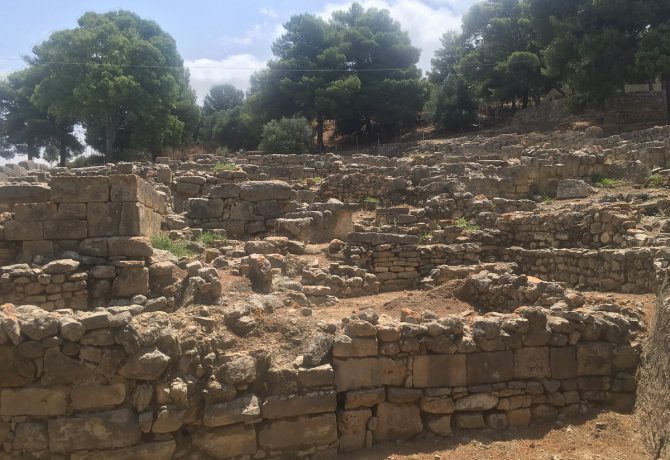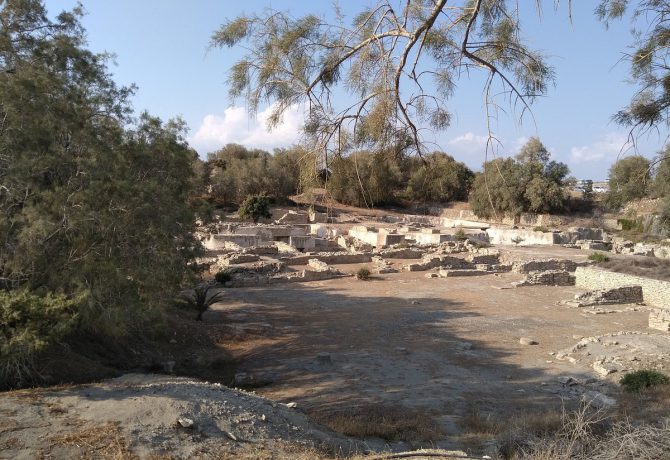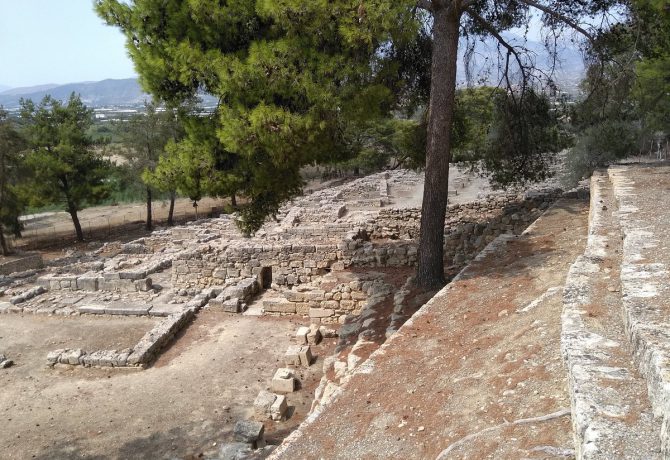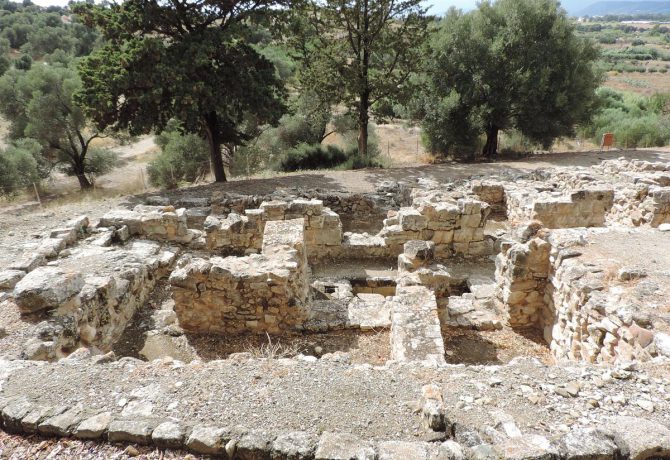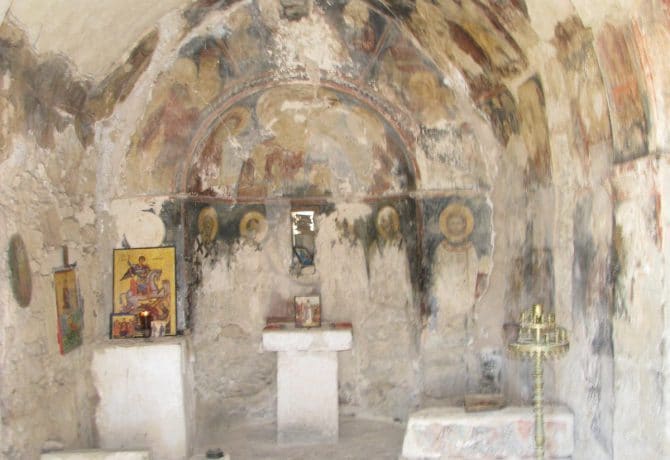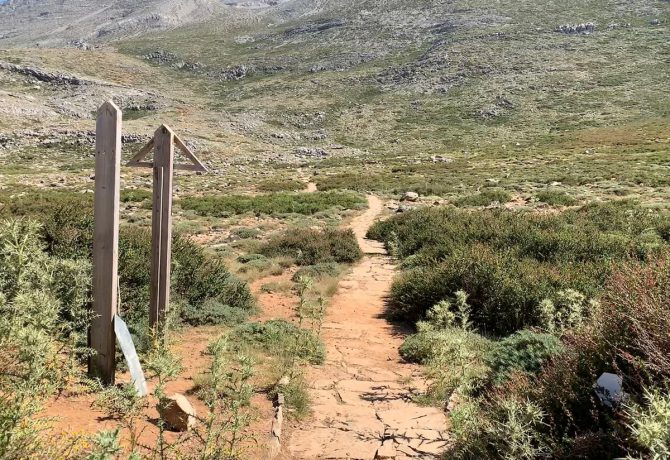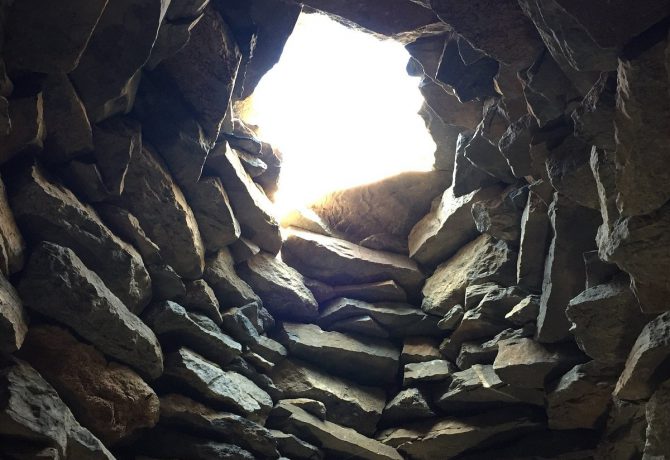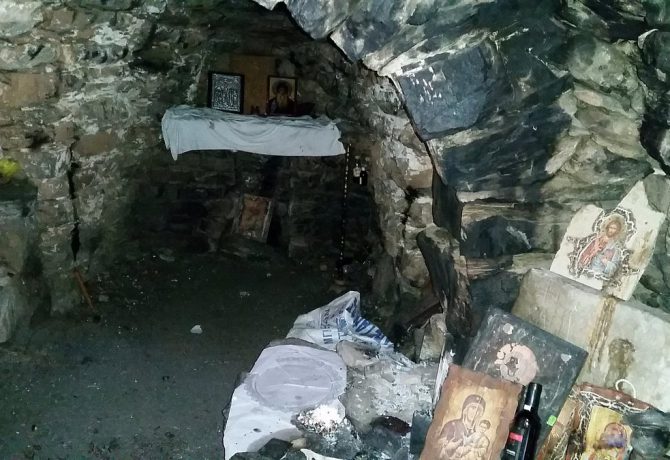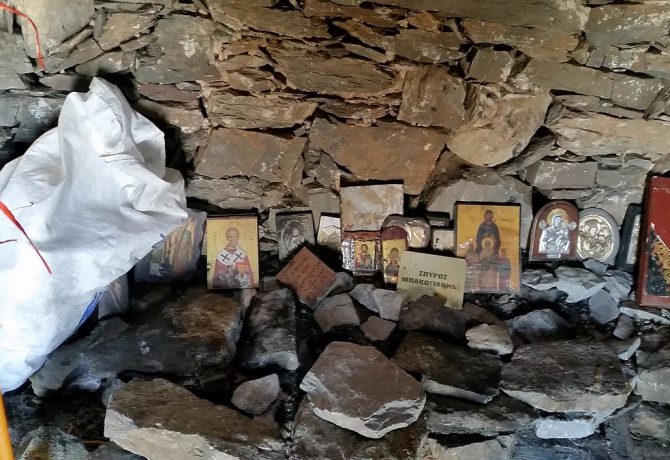The village of Matala is considered to be the paradise of the island of Crete. The first people of the Neolithic era lived here, ancient cities-polis flourished, the first Christian monasteries were built, the resort area was one of the first to develop. As if from a cornucopia, the benefits of each of the civilizations poured on the locals. It remains only to guess how, with such popularity, they managed to preserve the pristine nature, while building fashionable hotels and a good tourist infrastructure. The sights of Matala deserve a separate description and a must-visit. Many of them are located in the mountains, so it does not hurt to rent a car.
Matala Caves
In Crete, there is an analogue of the Turkish Capasdocchia, only the caves here are not so small. A mountain of limestone, dotted with cells, is located on the central beach of the village. People adapted it for housing in prehistoric times. During the excavations, the researchers found out that the first inhabitants appeared here in the Neolithic era. A little later, in the Minoan period, there was a necropolis here. Then the caves were cleared of the remains and until the middle of the twentieth century no one claimed them. In the 60s of the last century, Crete was chosen by hippies. “Children of flowers” chose the caves, came here, settled in them and lived in their communities. It is said that Bob Dylan, Janis Joplin and the Rolling Stones were here. When the long-haired tramps got tired of the locals, they kicked them out, cleaned the caves again, and after a while turned the rock into a tourist attraction. You can wander around it by paying 3 euros. Every year in June, a live music festival is held against the backdrop of ancient caves. Near the beach there are hotels with sea and cliff views.
Address: Matala Beach, Crete, Greece
Festus Palace of the Minoan Era
From Matal it is easy to get to the oldest attraction of Crete – the Festus Palace of the Minoan period. This is the second largest palace complex found on the territory of the island. Its area is 8400 square meters. m According to legend, the ancient city of Festus was founded by Minos, and its first king was Minos’ brother Radamant. The city was built on the site of a former Neolithic settlement. This is evidenced by a round Neolithic hut found in the southern part of the palace. The complex itself is a majestic structure, or rather, its ruins. The palace was destroyed by an earthquake, after which Festus continued to exist, but as a modest village. For 4 euros you can walk around the main courtyard, the chambers of the queen, visit the amphitheater, take pictures against the backdrop of magnificent stairs with stone steps. Excavations began in 1900. Today, a tourist pavilion has been equipped on the site of the archaeological camp. The distance between the village and the attraction is 10 km.
Address: Festos, Crete, Greece
Ruins of The Town of Kommos
After exploring the ruins of the palace, it is worth walking along the shore to the beach of Commos to inspect what remains of the harbor of ancient Phaistos. Excavations are still underway here, on the territory of which tourists are not allowed. But the area is quite suitable for recreation. The beach is divided into two parts. One of them is well-equipped, with sun beds, umbrellas, shower and toilet. The other , wild – has long been chosen by nudists. The shore is covered with soft sand, but the entrance to the water leaves much to be desired. A lot of stones, there are boulders. Experienced travelers are advised to swim in front of the rescue tower. There is the most favorable bottom. As for the excavations, the shipyard, several warehouses, a church and public buildings were almost completely excavated there. All this can be seen by going down the beach on a hillside or just by looking over the fence. Judging by the remains of the ancient harbor, it will be another important tourist site on the map of Crete. Kommos Beach is just 2 km from Matala.
Address: Kalamaki Village, Crete, Greece
Holy Gorge of Agiofarango
After looking through the antiquities, you can proceed to visiting the holy places of Matala. One of them is located 20 km from the village and 6 km from the monastery of Odigitria. First you need to get to the monastery, there leave the car and walk along the path to the gorge. You can try to drive an SUV, but it is better to admire the natural beauties, besides, the gorge itself is very short. Its length is only one and a half kilometers. Tourists come here to worship the holy places. Even in the first centuries of the birth of Christianity, this gorge became a haven for many hermit monks seeking solitude for prayers and conversations with God. In the rocks there are caves-cells, in which the first Orthodox ascetics lived. After a kilometer of the way along a wide but rocky path, tourists come to the church of St. Anthony. Initially, it was located in a cave. In the 15th century, a temple was built. Next to it is the only source of fresh water in the gorge, from which travelers replenish their reserves. After 100 meters there is a large cave. Here, all the hermits living in the gorge gathered for divine services.
Address: Agiofarango Gorge, Heraklion, Crete, Greece
Gortyna – the oldest city of Crete
23 km from Matala is the ancient city of Gortyn. Many legends and legends are associated with it. At one time, it was on a par with the largest polis of Crete. Their own coins were minted here, and with the introduction of Christianity, the first church on the island was built. On the territory there is a large number of architectural objects of different eras. During the excavations, the oldest written legislative code in Europe was found here. It is carved in stone and is just behind the Odeon. The odeon – the Roman amphitheater – has been preserved only partially. Of the 12 rows of marble seats, three have survived to this day. Opposite it, just beyond the Letey River, is the Northern Theater. One of its parts is carved into the rock. On the hill is the Acropolis. In the center of the city there is a three-nave stone temple of St. Titus (6th century AD). Between it and the Odeon is the main square – the agora. On the territory you can see the Pretoria, the Southern Theater, the Temple of Apollo of Pythia, the Sanctuary of Isis. The entrance ticket costs 4 euros. The city is open to the public from 8 am to 8 pm (in summer). The exact time can be found on the website of http://odysseus.culture.gr/h/3/eh355.jsp?obj_id=2355.
Address: Gortyn Archaeological Site, Heraklion Prefecture, Crete, Greece
Lake Zaros
The artificial lake Zaros is located 25 km from Matala. It was established in 1987 to provide the surrounding area with drinking water. The pond is fed by the underground source Of Votomos. Locals are engaged in trout breeding, agriculture and the production of the branded water “Zaros”, which is sold in bottles throughout Crete. In addition to walking along a small lake in the village, you can visit the monastery, founded in the 14th century, the Cave of Kamares, in which archaeologists have discovered the remains of a Bronze Age civilization. Near the monastery, a majestic marble fountain has been preserved, decorated with carvings on biblical themes, and in the monastery itself – unique wall paintings. In the village you can stay with the locals, dine in the local tavern. Hotels and inns have not yet been built here.
Address: Zaros Village, Crete, Greece
Theme Park
The theme park is located on the mountainside. It is a kind of adventure in nature in an authentic Cretan setting. Tourists can even stay overnight or a few days in the village. Rooms will be provided by private homeowners, since hotels are not provided here. On the territory of the park you can see the dwellings equipped in caves, ancient utensils for the manufacture of olive oil, sharpening knives, stroll through the rocky streets of the ancient city. The park completely recreates the ancient city with all its infrastructure. This is an open-air museum, where the exhibit is every object encountered on the way. The park is open to the public from 10.00 to 18.00 (on Monday is a day off).
Address: Βορίζια 70002 Heraklion, Greece
Website: https://cretanzeuspark.gr/
Monastery of Odigitria
14 km from the village of Matala is the ancient monastery of Crete, founded in honor of the Virgin Guide Panagia Odigitria. It was built on the mountain plateau of Asterusia. These mountains are filled with holy places and have long been considered the Cretan Mount Athos. Inside, frescoes dating back to the 14th century have been preserved. The chronicles indicate that the monastery reached its dawn in the middle of the 16th century. On the well-groomed territory, surrounded by a high wall, there are residential buildings, a two-nave church dedicated to the apostles Peter and Paul, the Assumption of the Blessed Virgin Mary. The church houses an ancient icon of Panagia Odigitria, as well as four icons painted in the 15th century by the artist Angelos. One of the monastic kelicias is open to the public. In it, tourists are introduced to the life of monastic life. A museum is open in one of the buildings. Among its exhibits are an old butter mill, agricultural tools, a bakery with utensils. On the northwest side is a tower that was built by Nikephoros Fokas in 961. This date is considered by some researchers to be the year of foundation of the monastery.
Address: Odigitria Monastery, Crete, Greece
Labyrinth Cave
The archaeological sites of Crete include the artificial cave Labyrinth. In fact, these are quarries that were developed by the inhabitants of ancient Gortyna. The rock was gradually cut down, creating bizarre corridors that vaguely resembled catacombs. They lead to large halls with high vaults, on the walls of which tourists left their memorable inscriptions. The total length of the cave is 2 and a half kilometers. It is in disrepair, so many of the passages are closed. During the Second World War, the Germans equipped an ammunition depot in the cave, and when withdrawing from the island, they blew it up. The entrance was destroyed, in some halls the vaults collapsed. Clearance is still underway. while visitors can access the Small Labyrinth, located on the northern slope of the mountain.
Address: Heraklion Prefecture, Crete, Greece
Excavations of Agia Triada
Not far from Phaistos, excavations are being conducted in the settlement of the Minoan period of Agia Triada. They began in 1900. Until 1908, archaeologist Arthur Evans and a group of Italian specialists found several valuable artifacts, among which were a ritual sarcophagus that was used in burial, early Mina tombs, a large number of tablets with linear writing. On the territory there is a small palace, several buildings connected by a drainage system. After inspecting the excavations, you can visit the nearby churches of St. George and the Holy Trinity.
Address: Phaistos, Heraklion, Crete, Greece
Idea Cave
In your free time, you can go to another famous cave, located on the eastern slope of Mount Ida. The entrance to it is located at an altitude of 1538 meters. First you need to get to the Nida plateau. A steep mountain serpentine leads to it. Then walk up to the cave itself. The size of its entrance is impressive, although in depth it is only 22 meters. According to ancient Greek myths, it was here that Rhee hid the newborn Zeus. He was born in the Dictey Cave and grew up here. In the Minoan period, the Idey cave was an important cult place where secret rituals and sacred acts were performed. During archaeological research, a large number of vessels, jewelry, weapons, magical artifacts were found inside. Mount Ida is an important tourist attraction, so cozy hotels are built nearby, where you can relax before the return trip to Matala.
Address: Heraklion Prefecture, Crete, Greece

